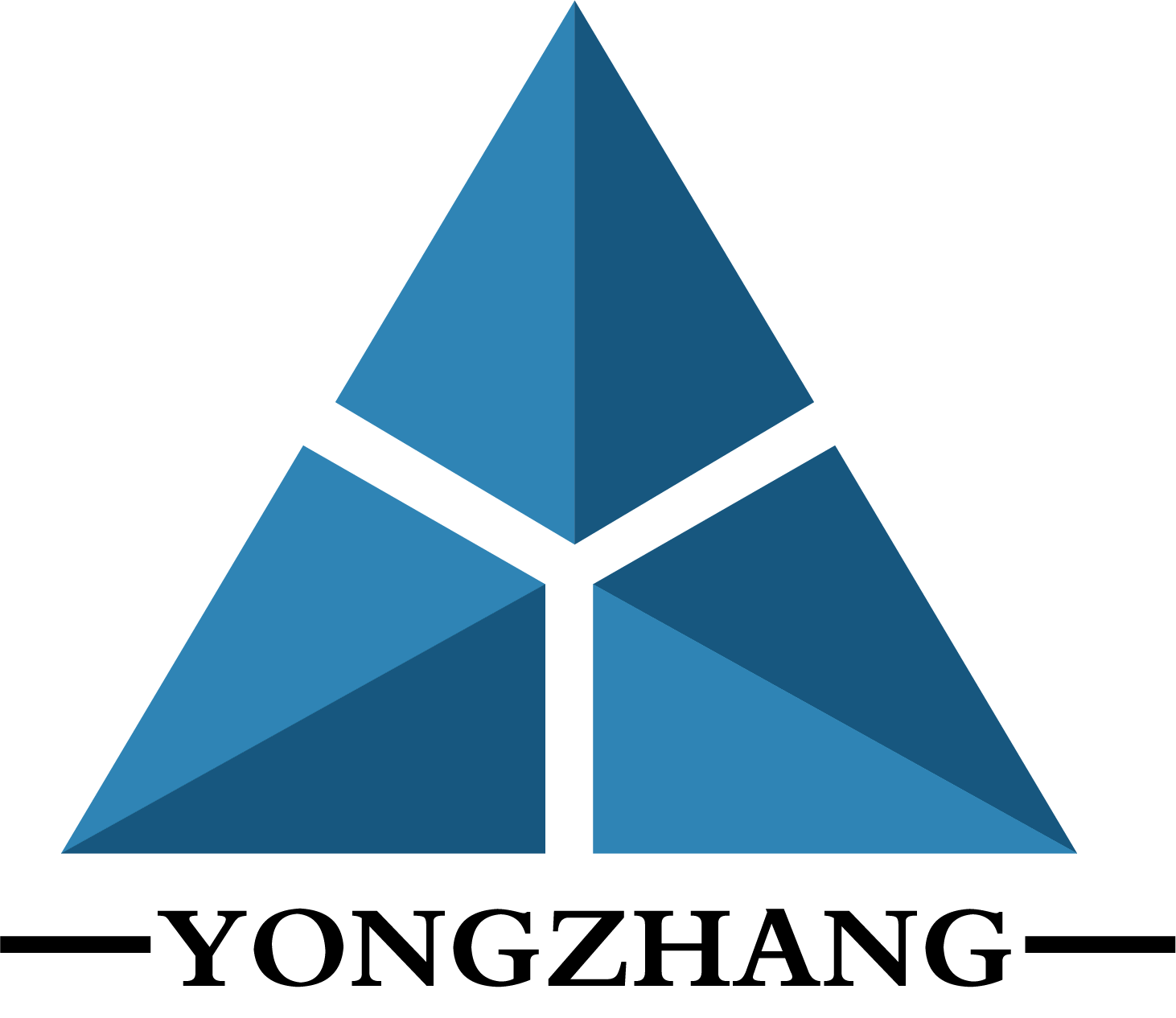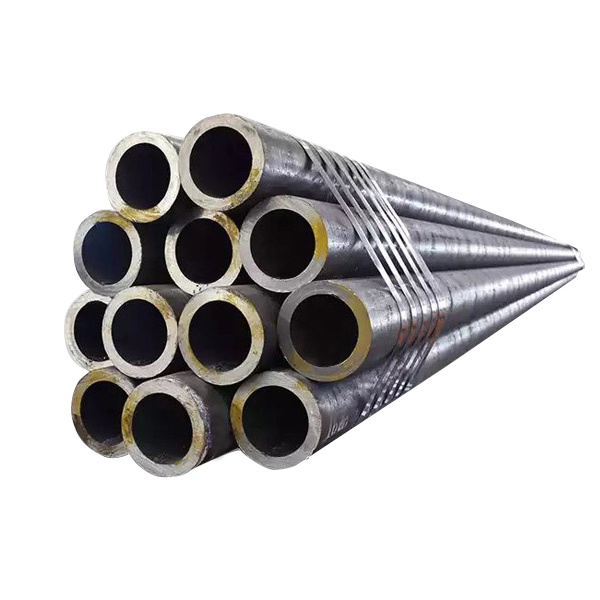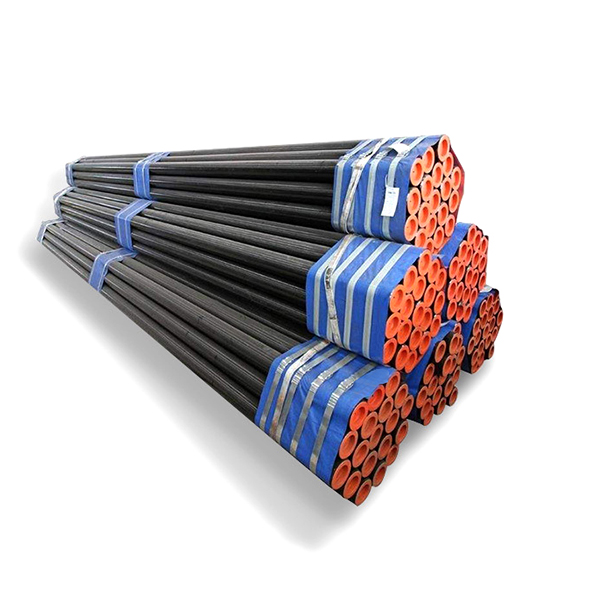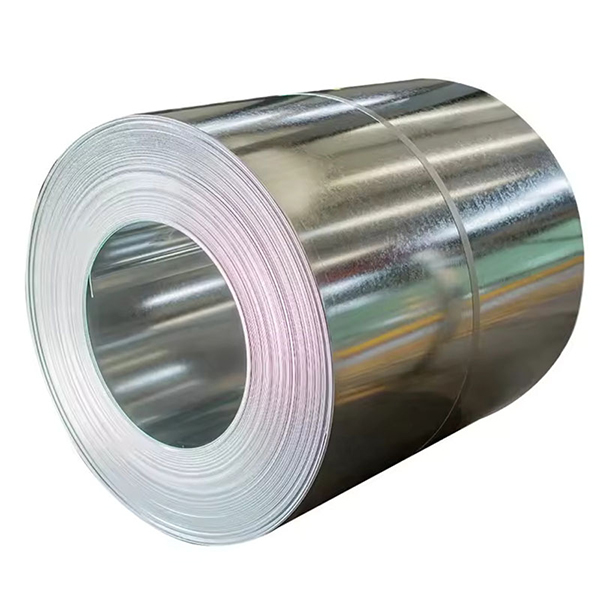Types, Uses and Processing Methods of Thin Plates
Thin plates are widely used in various components of automobiles, home appliances and other products. They possess a variety of different characteristics. For instance, some have high precision depending on the manufacturing method, and some have better magnetic properties depending on the material. Their shapes, specifications and processing methods are also diverse. Fully understanding their respective advantages and disadvantages is very important for both design and production.
What is thin plate?
Thin plate refers to steel plates with a thickness of less than 3mm, also known as thin steel plates. They are widely used in the components of automobiles, electrical equipment, and buildings, etc. For instance, the body of a car, the structure of electrical equipment, and residential reinforcement plates are all made of thin steel plates. In terms of shape, some are in coil form like a roll, while others are in flat plates. Steel plates with a thickness of 3 to 6mm are called "medium-thick plates" or "medium steel plates", and those with a thickness of over 6mm are called "thick plates" or "thick steel plates". Thicker steel plates have higher strength and can be used in the components of industrial machinery, ships, etc.
Types and Applications of Thin Sheets
Thin sheets are widely used. Depending on the manufacturing method and other factors, there are various types, and their respective applications also vary. The main types are:
Hot-rolled sheet
Hot rolling is a process method that uses rollers to apply pressure to heated metal for rolling. The rolling temperature is controlled within the range that does not cause metal hardening, and the metal is stretched and extended in a softened state. The processing temperature must be higher than the recrystallization temperature of the metal. For example, the recrystallization temperature of steel is 900-1200℃. The advantage of hot rolling is that there is no processing hardening, the deformation resistance is small, and thus the processing performance is better. However, hot rolling also has disadvantages. For instance, it will expand after heating, resulting in a decrease in the dimensional accuracy of the sheet, and the manufacturing equipment and energy costs are high. In addition, heating will form an oxide film on the surface, causing the surface to be rough. The hot-rolled sheet produced can be used in various fields such as construction and industrial machinery. Before performing surface treatments such as spraying, a process called "pickling" is used to remove the black oxide film.
Cold-rolled sheet
Cold rolling is a processing technique carried out at room temperature. Just like hot rolling, cold rolling is also a method that uses metal rollers to apply pressure to the metal and perform rolling. The rolling process at room temperature can lead to work hardening, and in necessary cases, heat treatment is performed to enhance its strength. Cold rolling does not require heating equipment and is simple to operate. Additionally, cold rolling has the advantages of high dimensional accuracy and small thickness variation (without the expansion effect caused by heating temperature). Moreover, no oxide film forms on the surface, so the surface of the sheet after processing is smooth and tidy. On the other hand, its disadvantage is that it is more difficult to process than hot rolling. Therefore, rolling may need to be repeated multiple times. To compensate for the disadvantage of processing difficulty, sometimes hot rolling is used for rough processing and cold rolling for fine processing. Cold-rolled sheets are usually used for components of bicycles, electrical equipment, etc. Cold-rolled sheets include steel plate materials known as SPCC, which have been standardized for circulation. Stainless steel and other rust-resistant materials are also made into sheets. Stainless steel is also used as a structural material due to its high strength, and stainless steel sheets less than 1mm in thickness are sometimes used as elastic materials.
Electromagnetic Plate
The electromagnetic plate is produced by hot rolling, followed by cold rolling, and then undergoing heat treatment processing. As a soft magnetic material, it can effectively convert electrical energy into magnetic energy when an electric current passes through it. The electromagnetic plate contains approximately 3% silicon in the soft steel. The silicon content can be effectively converted into magnetic energy, but an excessive amount of silicon will cause the material to crack. This thin plate is mainly used in generators, transformers, and electric motors.
Summary
Sheet metal refers to steel plates with a thickness of less than 3mm, including hot-rolled, cold-rolled and electromagnetic steel plates, etc. It should be noted that special processing equipment is required during the processing, and thin plates are susceptible to heat influence. Besides welding processing, blanking processing, bending processing, thin plates can also be processed using other methods such as etching.





